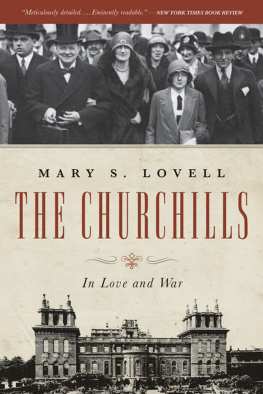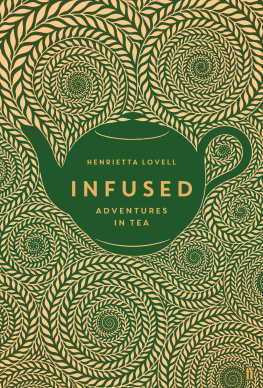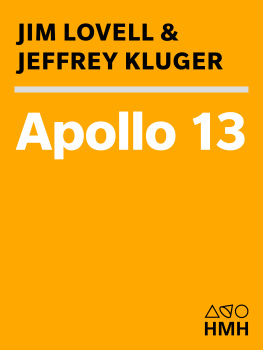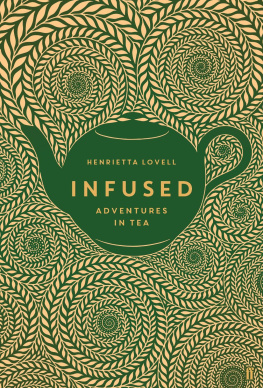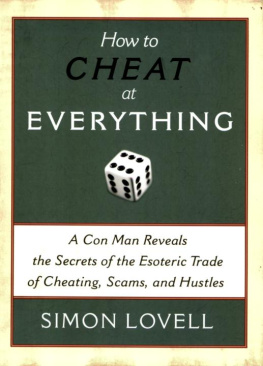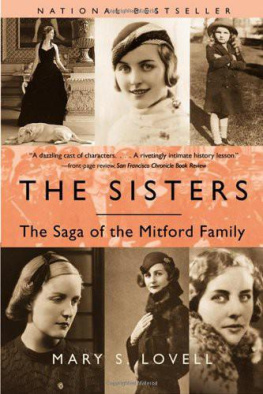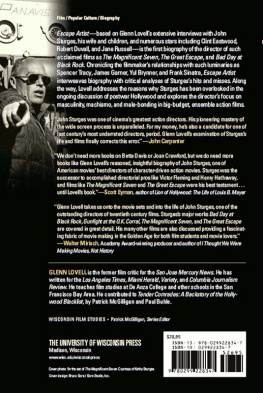From Robber Barons to Courtiers
From Robber Barons to Courtiers
The Changing World of the Lovells of Titchmarsh
Monika E Simon
First published in Great Britain in 2021 by
Pen & Sword History
An imprint of
Pen & Sword Books Ltd
Yorkshire Philadelphia
Copyright Monika E Simon 2021
ISBN 978 1 52675 107 2
eISBN 978 1 52675 108 9
Mobi ISBN 978 1 52675 109 6
The right of Monika E Simon to be identified as Author of this work has been asserted by her in accordance with the Copyright, Designs and Patents Act 1988.
A CIP catalogue record for this book is available from the British Library.
All rights reserved. No part of this book may be reproduced or transmitted in any form or by any means, electronic or mechanical including photocopying, recording or by any information storage and retrieval system, without permission from the Publisher in writing.
Pen & Sword Books Limited incorporates the imprints of Atlas, Archaeology, Aviation, Discovery, Family History, Fiction, History, Maritime, Military, Military Classics, Politics, Select, Transport, True Crime, Air World, Frontline Publishing, Leo Cooper, Remember When, Seaforth Publishing, The Praetorian Press, Wharncliffe Local History, Wharncliffe Transport, Wharncliffe True Crime and White Owl.
For a complete list of Pen & Sword titles please contact
PEN & SWORD BOOKS LIMITED
47 Church Street, Barnsley, South Yorkshire, S70 2AS, England
E-mail:
Website: www.pen-and-sword.co.uk
Or
PEN AND SWORD BOOKS
1950 Lawrence Rd, Havertown, PA 19083, USA
E-mail:
Website: www.penandswordbooks.com
List of Illustrations
Cover: Portrait of John Lovell VII and John Siferwas. ( British Library British Library, Harley 7026, fol. 4, verso, Bridgeman Images )
Chateau Ivry-la-Bataille. ( I, Nitot; https://commons.wikimedia.org/wiki/)
Titchmarsh Castle. ( Author )
Miniature of John Lovell VII and Maud Holland, Lovell Lectionary. ( British Library British Library, Harley 7026, fol. 5, verso Bridgeman Images )
Seals of Maud Holland her three sons. ( The National Archives TNA E42/278 )
Coats of arms used by the Lovell family. ( Gill Smith )
Old Wardour Castle. ( Author )
Minster Lovell. ( Author )
The tomb of John Lovell IX. ( Tim Sutton )
Francis Lovells letters to his cousin Wiliam Stonor. ( The National Archives SC 1/46/102 )
Francis Lovells Garter Stall Plate. ( Public Domain, digitized by Google )
Albrecht Drers portrait of Henry Parker, Lord Morley. ( The Trustees of the British Museum )
Acknowledgements
I owe a big thank you to so many people who helped me to get this book written. Too many to personally thank all of them, but there are a few to whom I am particularly grateful to:
First of all, my parents who made it all possible. Secondly, but crucially, my dear friends, Dr Alex Service, Kirsty Hartsiotis, and Michael Gaunt, who helped me stay sane when I was working on my DPhil thesis.
I want to thank all the people who helped with their suggestions and encouragement. To name but a few: my supervisor Prof Mark Ormrod, who sadly is not here anymore to see the book published, Dr Katherine Lewis, Bille Zipperer, Dr Joanna Laynesmith, and all my sisters, in particular my sister Sabine who read through most of the manuscript. A special thank you to Kirsty Hartsiotis (again) for her great help in sourcing the images, and thank you to Sally Baldham for the image of the tomb of John Lovell IX.
Another big thank you to Orderic Vitalis, the countless medieval scribes of administrative records, to the editors of all those fantastic documents, and to the librarians and archivists in England and Germany with a special thanks to the staff of the Bavarian State Library.
Last but not least, I want to thank everyone at Pen and Sword Books who offered me the chance to write about the Lovells, and in particular Danna Messer for her encouragement and support.
The Lovells of Titchmarsh
F rancis Lovell is without a doubt the most famous, if not the only famous, of the Lovells of Titchmarsh. He is often introduced with the well-known and often-quoted doggerel by William Collingbourne:
The catte, the ratte, and Louell our dogge, Rulyth all Englande vnder the hogge
Alongside William Catesby and Richard Ratcliffe, Francis Lovell is described as one of the three most influential men of the realm. Francis Lovells fame is based on his close association with Richard III (14831485). They were intimate friends and companions probably since the days of their early youth when both lived at Middleham, home of Richard, Earl of Warwick, the Kingmaker. Francis Lovells friendship and devotion to Richard endured even beyond the kings death at the Battle of Bosworth.
Francis Lovell became a part of the closest circle around Richard III since he was a suitable companion for the younger brother of Edward IV (14611483). He was the heir of a rich baronial family who over several centuries had accumulated land, wealth, and influence. It is the purpose of this book to chart the history of Francis Lovells family from their earliest beginnings to his time, and beyond. The Lovells became extinct in the male line in 1489, but lived on in the descendants of the daughters of the family, most notably the Parkers, Lords Morley. Breaking with the tradition of only looking at a familys male descendants allows us to cross the traditional barrier between the Middle Ages and the Tudor period.
A study of this nature, researching a baronial family over several centuries, is at the same time frustrating and rewarding. The scarcity of records, particularly in the earlier centuries, means that sometimes even the most basic facts of their lives cannot be established. As the Middle Ages progress, the number of surviving records increases steadily. The meticulous records of central administration reveal a plethora of fascinating facts and factoids, particularly for the highest levels of society. By the early Tudor period the amount of records is so great that there is a danger to get lost in details.
Another important source, chronicles, are not without drawbacks. They are often partisan and for most of the period under discussion were written by clerics who had their own particular view on the world. They did not write history in the modern sense but tried to discern a moral of the events described. Their focus was on their immediate world and on the events at the centre of government, focusing on king and court. Unsurprisingly, the Lovells of Titchmarsh are rarely mentioned. However, on occasion chronicles do provide valuable, in fact often unique information about the family (see ).
Additionally, both the chronicles and the records of central government, as useful and interesting as they are, never allow us to see beyond the surface to a personal level. This changes towards the end of the Middle Ages when the number of surviving personal records increases. These include the estate records of some noble families which are preserved from the fourteenth century onward. They provide fascinating details of their daily lives, where they stayed, what they ate, and what they spent their money on. A number of personal letters from the later Middle Ages also survive, including for example drafts written by Hugh Despenser the Younger as well as the famous letter collections from the Paston, Stonor, and Cely families.




